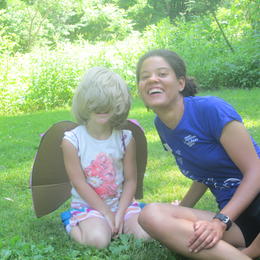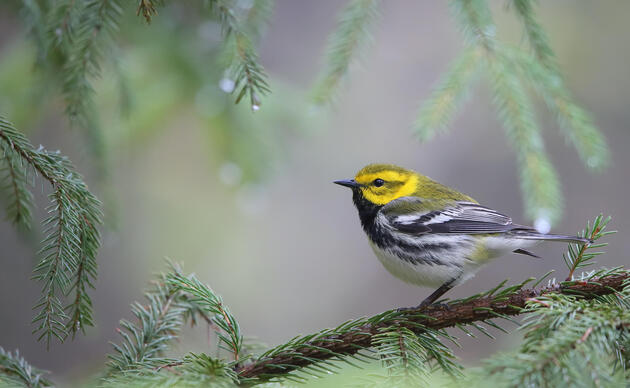We are going to explore the water cycle in 2 parts over 2 weeks. For part 1, I’m going to send you on a water cycle scavenger hunt and we are going to do an experiment. We will come back to the water cycle next week for part 2.
I’ve had a song stuck in my head for the last 2 days. You can listen to it here:
Water travels in a cycle yes it does.
Water travels in a cycle yes it does.
It comes down as precipitation,
It warms up, that’s evaporation,
If forms clouds, thats condensation,
Yes it done.
And this song has left me with a lot of questions: What happens the rest of the time? Is it always in one of those stages? Can water leave the cycle? Can water get stuck in one of the phases? Does it always go in the same order?
So let's get some answers!
First, some definitions:
- Precipitation: rain/snow/sleet/hail that falls from the sky
- Evaporation: when a liquid becomes a gas. You can see an example of this over a cup of hot cocoa with steam rising. There is water in the air all around us like this all the time, but it isn’t always visible like steam. We call this water vapor.
- Condensation: when water vapor turns back into a liquid. The opposite of evaporation. You can see this on the outside of a cold glass of water on a hot day.
We are going to try to answer those earlier questions with an activity and an experiement.
Scavenger hunt: for the next week I want you to track different places you see water in the watercycle. It could be water in any phase (liquid, gas, or solid), but try to label which part of the water cycle it is in (just make your best guess). Keep the list somewhere you wont forget it. Next week, I will share my list.
We are also going to do an experiment.
You will need:
- a clear plastic bag (I reused the one my salad mix came in from my farmshare)
- either a potted plant or leafy tree/shrub branch that has leafed-out and you can reach it
- either string or a rubber band
Directions:
- You are going to put the plastic bag around the plant and secure it in place. If inside, don’t put it in direct sun or the plant could get too hot and die.
- Leave the bag on for 2 days.
- Make a prediction, or hypothesis about what will happen and what you will see.
- Write down observations of what you notice happening in the bag.
- Don’t forget to remove the bag.

By Debbie Archer
Take Action
Sign up for updates about Audubon Vermont's conservation work, get news about our activities and local events, and find out how you can take action to help birds.




